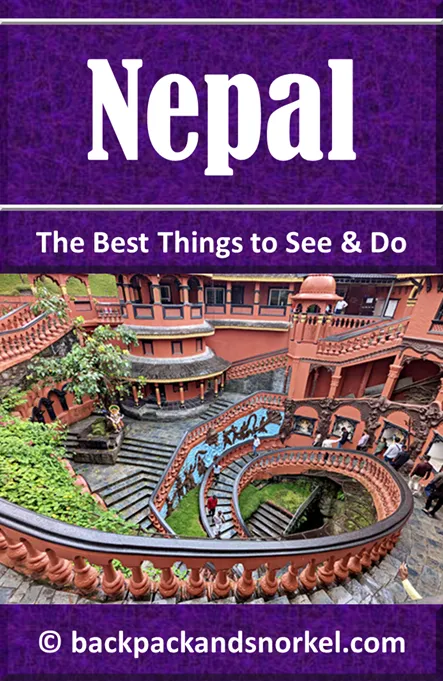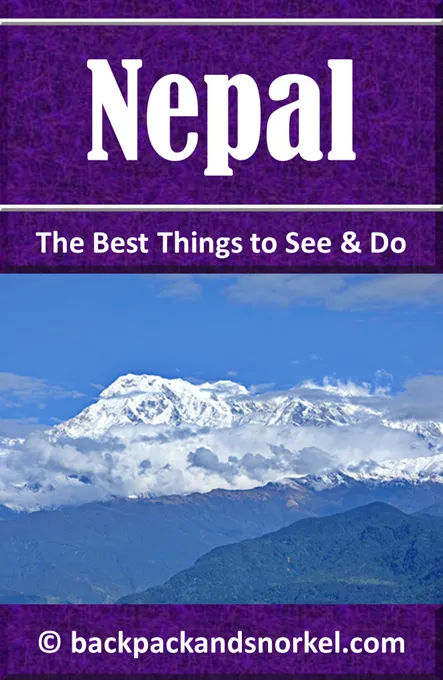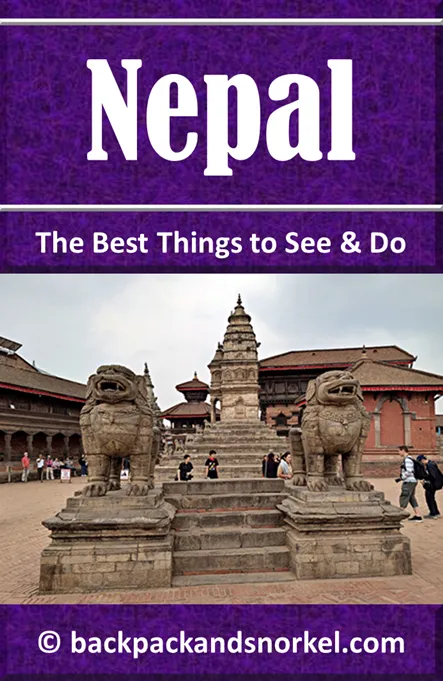Visiting Boudhanath Stupa: Your Essential Guide to Kathmandu's Buddhist Landmark - Nepal Purple Travel Guide
(map, reviews)
This is Premium Content! To access it, please download our
Backpack and Snorkel Purple Travel GuideThe name Boudhanath combines ‘Boudha’, meaning Buddha, and ‘nath’, meaning lord or guardian in Sanskrit. Together, it translates roughly to ‘Lord of Wisdom’ or ‘The Lord Buddha’. Locals often refer to it simply as ‘Boudha’.
Legend holds that the stupa was originally built during the Licchavi period, possibly in the 5th century CE, by a devout widow who asked the king for land to build a shrine to the Buddha. The site has since grown into one of the most important centers of Tibetan Buddhism in Nepal, especially after the influx of Tibetan refugees in the 1950s.

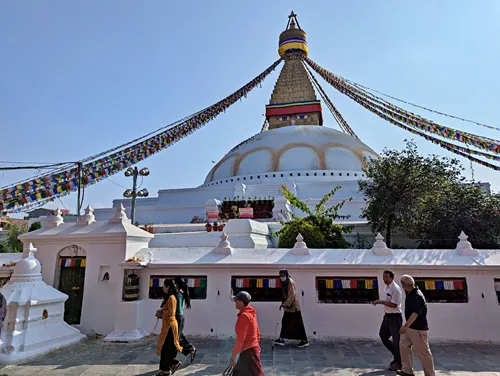
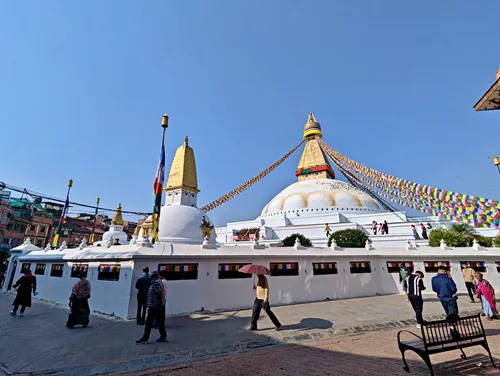
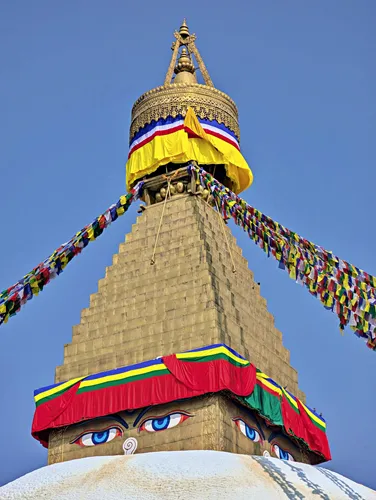
Here at Backpack and Snorkel Travel Guides, we typically promote self-guided walking tours.
But we realize that not everybody likes to walk by themselves in a foreign city. So, just in case that you rather go with ab guide: NO PROBLEM! Please see the Viator tours below.
free GuruWalk tours
paid Viator tours
Religious Significance and Use of Boudhanath Stupa
Boudhanath is a key pilgrimage site for Buddhists from Nepal, Tibet, Bhutan, and beyond. The stupa is believed to house relics of Kassapa Buddha, a predecessor of Siddhartha Gautama, who founded the current form of Buddhism.
Devotees engage in kora, a ritual circumambulation of the stupa, often spinning prayer wheels and chanting mantras as they walk. Monasteries and gompas (Buddhist temples) surround the stupa, creating a living religious enclave filled with chanting monks, butter lamps, and the scent of incense.
Prayer Wheels at Boudhanath Stupa
Lining the stupa base are hundreds of prayer wheels, which are spun by pilgrims and monks as they circle the monument in clockwise direction, keeping the stupa to their right. This direction is considered auspicious and respectful in Buddhist culture, and align with the movement of the sun and the celestial bodies. It is also seen as a way of showing reverence to the stupa and the Buddha's teachings it represents, and as a way of accumulating merit and purifying negative karma. Circumnavigation is often done 3 times, but can be done more often.
Climb on Boudhanath Stupa
Across from Jamchen Lhakhang Monastery in the north is the entrance that allows you to climb to a portion of the wide white roof of the stupa. You will need to take your shoes off to get up.
From the roof, you have beautiful views of the stupa and the surrounding shops and plaza.
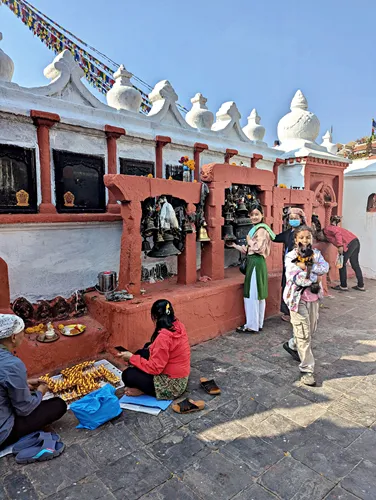

Back to your self-guided tour
Author: Rudy at Backpack and Snorkel
Bio: Owner of Backpack and Snorkel Travel Guides. We create in-depth guides to help you plan unforgettable vacations around the world.
Other popular Purple Travel Guides you may be interested in:
Like this Backpack and Snorkel Purple Travel Guide? Pin these for later:

